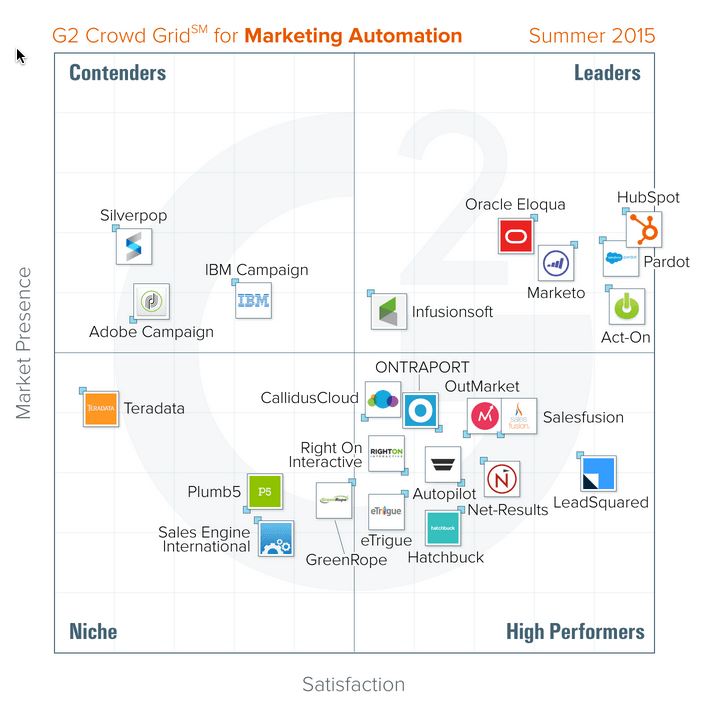 My husband is an automotive journalist. At one point he had a column in a daily newspaper (remember those?) in which he reviewed new cars after driving them for a week. He wrote about cars from the perspective of someone who drove them every day, and he could take them to a track and push them hard. His reviews were thorough and honest, and sometimes pushed buttons. After he gave a new Cadillac a bad review, a Cadillac dealer stopped advertising in the paper. The publisher then turned the paper’s car review section into advertorial (“I don’t know why we have to upset our advertisers like that.”) and from then on, all the automotive reviews were positive. (My husband moved on to another section of the paper.) It might have been the advertisers’ gain, but it was the readers – those looking to buy new cars based on trustworthy information – who lost.
My husband is an automotive journalist. At one point he had a column in a daily newspaper (remember those?) in which he reviewed new cars after driving them for a week. He wrote about cars from the perspective of someone who drove them every day, and he could take them to a track and push them hard. His reviews were thorough and honest, and sometimes pushed buttons. After he gave a new Cadillac a bad review, a Cadillac dealer stopped advertising in the paper. The publisher then turned the paper’s car review section into advertorial (“I don’t know why we have to upset our advertisers like that.”) and from then on, all the automotive reviews were positive. (My husband moved on to another section of the paper.) It might have been the advertisers’ gain, but it was the readers – those looking to buy new cars based on trustworthy information – who lost.
It’s hard to buy anything. From a car to a hat to a house (in which you’re buying into a neighborhood) there can be a thousand considerations. When you’re on point to make a business purchase, the pressure ratchets up. You are probably buying something several (or many) people will use, and you don’t want them to hate you for making them live with an awful product. You have price and performance to consider, and if it’s a big buy, the finance department may weigh in. And the CEO certainly expects a positive return on investment. This decision could affect your job.
As David Raab points out in “When Marketers Buy Technology: Issues, Obstacles, and Solutions,” IDC estimated that marketers will spend nearly $26 billion a year on technology by 2017. And those purchasing decisions are often made by marketers who haven’t been trained to acquire technology. And, you generally don’t have a lot of helpful resources, according to David:
- Corporate IT departments often can’t help because they lack deep expertise in marketing systems, and they may not understand your processes.
- Ad agencies and service bureaus can be expensive and slow-moving.
- Systems integrators are slow and expensive; they may also have conflicts of interest if they have pre-existing relationships with vendors.
- Software-as-a-service vendors promise simple deployment, but their products generally must be integrated with other systems to build a complete solution, adding complexity back into the mix.
It falls to marketers, who can anticipate their own needs the best – and have to live with (and justify) the outcome – to learn to make good technology decisions on their own.
Why it’s hard to buy marketing technology
David points out a range of difficulties facing marketers evaluating marketing technology (or probably any technology):
- Any discipline develops its own set of technical terms, jargon and buzzwords, which can leave you, the buyer, wondering what you’re really hearing. To look to our car-buying example, imagine you’ve never driven a car, much less bought one. Suddenly you’re hearing about compression ratios and torque and braking distance. How are you to evaluate what’s important?
- The technical choices may involve things you’ve never done before. If you’ve never driven a car, how do you choose between an automatic and a manual transmission? What’s a transmission, anyway?
- Unclear business objectives and the pace of change in technology. As David points out: “Marketing today is changing so rapidly that it’s often not clear to marketers exactly what they want to do with a new system. Instead, they rely on technology vendors to tell them what’s possible and convince them that it’s worthwhile.” The biggest obstacle, he says, is relating business needs to system requirements.
(FYI: Read “The biggest mistakes marketers make buying technology,” a conversation between David Raab and Ati Chatterjee, Act-On’s CMO)
So what’s the fix?
Begin with understanding your workflow. This is easiest if you’re buying a system to do some version of a task you already do. Your experience will help you evaluate a new system, especially if you’re clear about how the old one fails you. If you’re looking at a system that will do something you don’t do now, create a scenario that will give you some approximation of a real-life situation.
As an example, suppose you’re upgrading from an email system to a marketing automation system. You get the email part, you know how to do that and you know what you like in a program. But you want the ability to create a nurture program that sets up a whole series of emails that go out in a cadence, over a period of time. You’ve read about the great results nurturing programs get, and you’ve got a long sales cycle, so you’re convinced this will be a good capability to acquire. But you’ve never done it. How do you evaluate how hard that will be with System A? Or System B? And you’re excited about being able to see who visits your website and which pages people read most, but again – if you’ve never done this, how can you sort out which system’s approach is going to be easiest, or most effective – for you?
The vendors should be able to help you construct a scenario and step through it, and show you how their system would handle your presumed workflow. That’s great, but … they are vendors. Lots of tech sales reps are very smart and very caring and really do like to be of service, but it’s their job to sell you on their system, and they can’t help but be biased towards their own.
The wisdom of crowds
Back in the day (say, ten years ago) most people bought a new car by going to the dealer and kicking tires. The car salesman had a lot to say, and usually, infamously, drove the conversation. The poor customer was often pushed around, made to wait, made to hurry up, pressured, and passed to the finance department. It was the quintessential sales experience, so bad and so ubiquitous that it was a cultural touchstone.
That’s changed, of course. It changed in response to buyer empowerment, which was the result of improved communication methods that flattened the communications pyramid. If you want to evaluate a car today, you’ve got a thousand (or more) options. Post a note on Facebook, ask a question on Twitter, find a forum. Go to cars.com and do research, read expert and consumer reviews, see side-by-side comparisons. What you’ll find is (mostly) authentic people with experience and something to say.

This wisdom-of-crowds trend started in the personal and the consumer worlds. TripAdvisor can help you find a good hotel, a great beach, a restaurant in Toronto, or a museum in Dallas. Yelp crowdsources and localizes so you can easily research restaurants (and other businesses) in your town. Speaking of crowdsourcing, how about that Wikipedia?
You can absorb lessons from someone else’s experience
The point is, when you’re actively looking for technology, your lack of experience is less of a handicap than it used to be. You can buy reports from analysts, but: they are not marketers, working with systems (and the shortcomings or virtues of those systems) day after day after day after day. But the people who are doing that day-to-day work are out there, talking about their good and bad experiences, loud and clear. Do just a bit of research, and you can find out what they have to say about life in the trenches with any given system.
You can use the scattershot approach (Twitter, Facebook, LinkedIn groups), but several sites have organized themselves in the manner of cars.com, and you can find concentrated, well-managed reviews of all kinds of technology. A number of such sites don’t keep their data fresh (and with the rapid development of technology, that’s a big problem), but you can count on the likes of TrustRadius, Software Advice, and G2 Crowd. G2’s particularly on my radar right now because they just issued a benchmark report on marketing automation platforms … and Act-On showed up in a very sweet spot:
“Act-On has been named a Leader based on receiving a high customer satisfaction score and having a large market presence. 93% of users rated it 4 or 5 stars and 94% of users believe Act-On is headed in the right direction.”
We outranked the perceived market leader in the ease-of-use category (all vendors say they’re “easy to use”, but some are, some aren’t), and we beat out (our next nearest competitor) across all criteria, many with flying colors.
Maybe most important, in the Leader quadrant:
- Our customers are up and running the fastest: Average time to go live – 1 month
- Our customers have the shortest average payback period: An average of 9 months to reach positive ROI
 So, fast … and profitable. If you’re thinking about buying marketing technology, and you’d like to read what real marketers say about their real experiences with marketing automation, do check out G2Crowd.com or read the full report here.
So, fast … and profitable. If you’re thinking about buying marketing technology, and you’d like to read what real marketers say about their real experiences with marketing automation, do check out G2Crowd.com or read the full report here.



